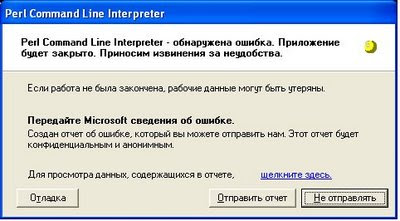Introduction To Machine Translation
View more presentations from guestae31e.
I let my students know beforehand that the course is experimental and they happen to be the pioneers whom the course is going to be tested on.
After the 3,5 h lecture I have asked them, how do they feel about the experiment.
The answer was: The course was interesting. In case it would have been uninteresting, they would sleep. I believe it is the best compliment, especially taking into account the fact, that a human concentrates only first 40 (15?) minutes.
